Roe v. Wade
ALSO BY MARIAN FAUX
Childless by Choice:
Choosing Childlessness in the 80s
Roe v. Wade
The Untold Story of
the Landmark
Supreme Court Decision
That Made
Abortion Legal
Marian Faux

First Cooper Square Press edition 2001
This Cooper Square Press paperback edition of Roe v. Wade is an unabridged republication of the edition first published in New York City in 1988, with the addition of a new introduction and six textual emendations. It is reprinted by arrangement with the author.
Copyright 1988 by Marian G. Faux
New introduction copyright 2001 by Marian G. Faux
Updated edition copyright 2001 by Marian G. Faux
All rights reserved.
No part of this book may be reproduced in any form or by any electronic or mechanical means, including information storage and retrieval systems, without written permission from the publisher, except by a reviewer who may quote passages in a review.
Published by Cooper Square Press
An Imprint of the Rowman & Littlefield Publishing Group
150 Fifth Avenue, Suite 911
New York, New York 10011
Distributed by National Book Network
Library of Congress Cataloging-in-Publication Data
Faux, Marian.
Roe v. Wade : the untold story of the landmark Supreme Court decision that made abortion legal / Marian Faux. 1st Cooper Square Press ed.
p. cm.
Originally published: New York : McMillan, c1988. With new introd. and six textual emendations.
Includes bibliographical references and index.
ISBN 978-0-8154-1093-5
1. Roe, Jane, 1947Trials, litigation, etc. 2. Wade, HenryTrials, litigation, etc. 3. Trials (Abortion)Washington, (D.C.) 4. AbortionLaw and legislationUnited States. I. Title: Roe versus Wade. II. Title.
KF228.R59 F38 2001
342.73'084dc21
00-064489
 The paper used in this publication meets the minimum requirements of American National Standard for Information SciencesPermanence of Paper for Printed Library Materials, ANSI/NISO Z39.481992. Manufactured in the United States of America.
The paper used in this publication meets the minimum requirements of American National Standard for Information SciencesPermanence of Paper for Printed Library Materials, ANSI/NISO Z39.481992. Manufactured in the United States of America.
FOR BILL
Contents
Preface
Sometimes the most complicated story can be told in the simplest manner. Sometimes it must be. I originally tried to write a more general book on abortion, one in which I would deal with nothing less than its ethical, moral, religious, and philosophical aspects. After several months of work I reluctantly concluded that such a book could not be writtenat least not by meand I note that no one else has attempted so broad a handling of the subject.
Abortion is too large, too amorphous a subject, to be dealt with in so broad a manner. It quickly becomes reduced to a polemic. It was only when Macmillan editor Ned Chase suggested that I try a book on a somewhat smaller scaleby dealing with the real events that surrounded the legalization of abortionthat the subject became manageable.
On the simplest level, this is a story about how two young, inexperienced women, barely out of law school, without any thought of larger glory, decided to test the constitutionality of the abortion law in Texas. Although experienced lawyers in several states were racing to get an abortion suit before the Supreme Court, Roe v. Wade became the landmark Supreme Court case that legalized abortion.
Of course, within the framework of the simple story, this is also a book about the larger issuesthe discriminatory nature of restrictive abortion laws, the inequality women suffer when they cannot control their own bodies, the right of the state versus the federal government to regulate its citizens, and most important, one of our most precious rights, that of privacy, which a recent poll shows most people now feel ranks alongside life, liberty, and the pursuit of happiness.
The story of Roe v. Wade has never been told before, and despite the Supreme Court decision, the abortion issue has never been resolved. Every year antiabortion forces fight a more aggressive battle to undo the abortion decision. They have begun to make inroads in some states and have repeatedly brought before the Supreme Court cases designed to chip away at the abortion right. Only in the past few years have the pro-choice reformers awakened to the need to continue their struggle.
Because abortion is an issue that never seems to fade in our collective public consciousness, and because all of us must constantly rethink and reevaluate our position on abortion, I thought it might be helpful to review the relevant issues in their original context, as well as to examine them from the distance that time can provide. That is why I wrote this book.
Abortion is, I think, one of the most trying issues of our time. A great deal of pain and rage exists on both sides of the debate. After all, abortion concerns nothing less than the value we place on human life. Those who oppose abortion believe that the value must be held collectively, that one standard must apply to everyone and to all circumstances, while those who support the abortion right believe that the choice can only be made individually.
Adding to the conflict is the fact that what people believe, at least where abortion is concerned, they tend to believe fervently. This, if nothing else, makes abortion an unresolvable issue, one about which people cannot be rational.
As I interviewed people for this book, I was repeatedly asked what side I was on. It is a difficult question to answer. Professionally, I was committed to writing an objective book about the legalization of abortion. Personally, like most other women, I could only answer that whether or not I would have an abortion would depend upon the circumstances.
After looking at abortion from every conceivable angle, I find that I am firmer than ever in my conviction that criminalization of abortion is wrong. It solves nothing. I agree with George Devereux, author of A Study of Abortion in Primitive Societies, who wrote: Were the contracting of typhoid fever defined as a crime, this would dispense society from doing something about pollution and public health. The branding of abortion as a crime also seeks to sidestep our obligation to create a world... into which it would be good to be born.
Am I, as I am so often asked, for abortion? That, to paraphrase Betty Friedan, is like being for mastectomy. I do support the abortion right, which means I believe each individual woman must have the right to decide for herself whether to undergo an abortion. Most Americans agree with me. In the fifteen years since the decision was issued, and despite a vociferous outcry from those who oppose abortion and almost nothing from those who worked to legalize it, slightly more than 50 percent of Americans believe the abortion decision is up to the individual woman. It is the only view, I believe, that offers any real relief to an otherwise irresoluble dilemma. Each person can make a decision based on his or her personal beliefs and conscience. No one is forced to have an abortion; no one is forced not to have one.
Marian Faux
New York City
Acknowledgments
No book is the work of one person, and I am indebted to many who shared with me their memories and information and gave me advice, encouragement, and support. I did not always take the advice I was given, and any mistakes are entirely my own.
Next page

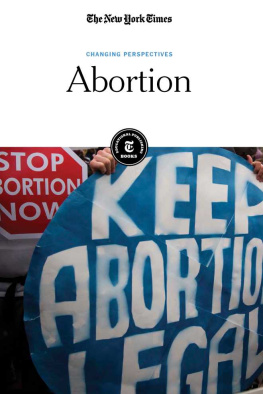
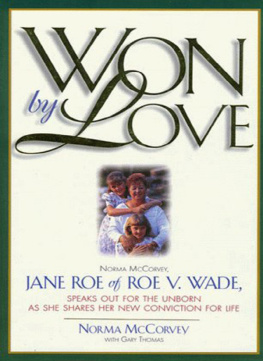
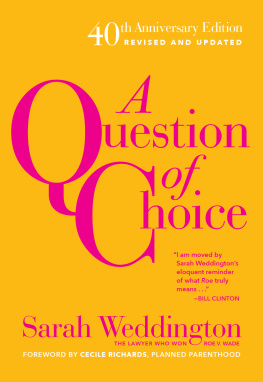
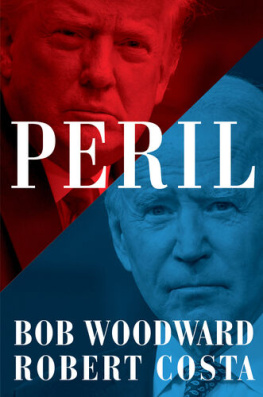
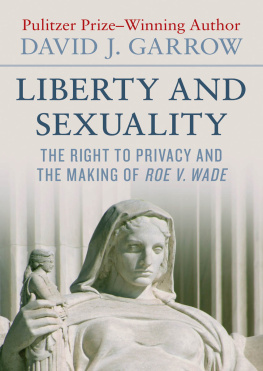

 The paper used in this publication meets the minimum requirements of American National Standard for Information SciencesPermanence of Paper for Printed Library Materials, ANSI/NISO Z39.481992. Manufactured in the United States of America.
The paper used in this publication meets the minimum requirements of American National Standard for Information SciencesPermanence of Paper for Printed Library Materials, ANSI/NISO Z39.481992. Manufactured in the United States of America.